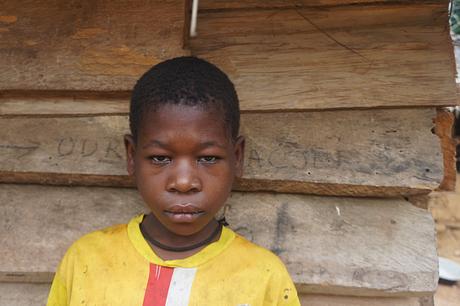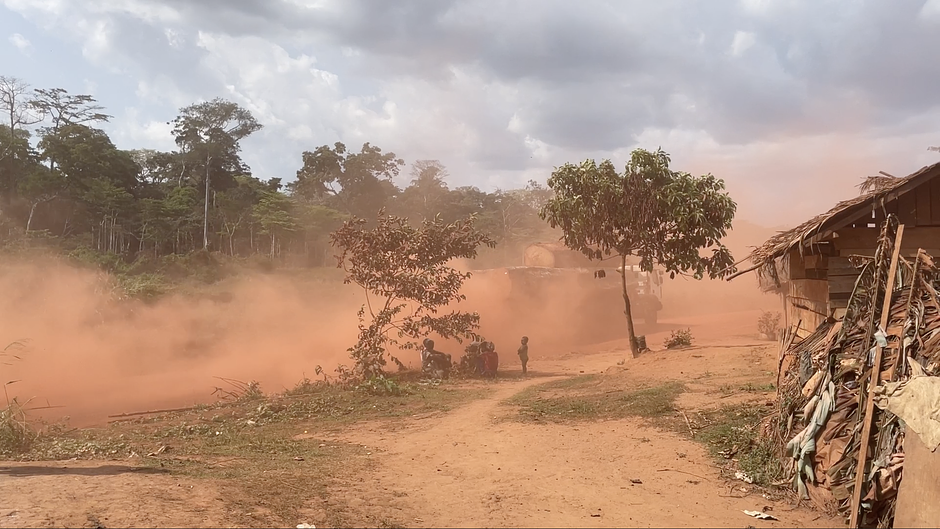“Conservation” – twenty-one things you may not know

Tribal peoples are being illegally evicted from their ancestral lands in the name of “conservation.” They’re blamed for wildlife decline which they didn’t cause and face arrest, beatings, torture and death, while fee-paying big game hunters are encouraged.
Nine things they don’t want you to know about conservation
1. Conservation originated with wealthy trophy hunters in the 19th century USA, who wanted to stop “their” prey being taken by Indigenous people and poor commercial hunters.
2. Most early conservationists were prominent in the racist eugenics movement and applied its principles to the new idea of “game management.”
3. “Wilderness” is an invention. In reality, humans (including hunters) have shaped and managed the environment for thousands of years. Much of this is only now being studied scientifically.
4. Creating a “Protected Area” is usually land theft. Some tribal peoples see it as the biggest threat they face.
5. The national park model, invented in the U.S.A. (“America’s best idea”) was exported around the world. It still involves the illegal eviction of tribal peoples from their ancestral homelands in the name of conservation. It usually destroys them. The landscape is then modified to suit tourists – tribal people are kept out.
6. The model isn’t good for the environment. By removing people you end the activities that created the ecosystem (e.g. controlled burning or herd management).
7. Violating local peoples’ rights makes them enemies of conservation. This will guarantee that protected areas fail. Current practices will destroy the environment.
8. Many conservationists oppose tribal peoples. Some of the movement’s most prominent mentors want the world’s population to shrink by 70% and oppose immigration, especially from poorer countries (where per capita consumption is far lower than for Americans).
9. There are two conservation models: Africa and Asia – people are evicted; Europe – people live in and shape national parks. The first was formulated at the time of the U.S. Indian Wars. It pits “sinful man” against “divine Nature,” and is rooted in 19th century American Protestantism.
 © Agence France Presse
© Agence France Presse
Five things they don’t want you to know about poaching
1. Poor, or tribal, people are accused of “poaching” because they hunt to feed their families (or even simply collect wood) on land which was once theirs. They are often poorly armed, or unarmed, but are treated the same as professional poaching gangs.
2. Tribal people face arrest and beatings, torture and death at the hands of guards supported by the big conservation organizations. Meanwhile, big game trophy hunters are encouraged.
3. Tribal people are being shot on sight by park guards, some of whom: have automatic immunity from firearms offences; are reportedly paid bonuses for killing “poachers.” Extrajudicial killing is encouraged. “Evidence” can then be planted on the bodies.
4. But targeting tribal hunters diverts action away from tackling the true poachers – criminals conspiring with corrupt officials (including those supported with conservationists’ money.) So, by focusing on the wrong people, targeting tribal hunters harms conservation.
5. Contrary to conservation propaganda, it is very unlikely that poaching significantly funds terrorism. This is another wrong target. It diverts action away from tackling the true poachers – criminals conspiring with corrupt officials.

Four things they don’t want you to know about Indian tiger reserves
1. It was massive hunting by the British and Indian elites which took the tiger to the edge of extinction. This has largely been whitewashed from the conservation narrative.
2. It’s no coincidence that tigers are found on the ancestral homelands of tribal peoples: They often revere tigers, and have lived as their neighbors for generations. Yet tribal peoples are being illegally evicted from tiger reserves all over India. It destroys them. And it isn’t saving the tiger.
3. The big conservation organizations are guilty of supporting evictions. They call them “voluntary relocations” and claim tribal communities agree to give up their land. In fact, they’re forced to.
4. What happened in the reserve where tribal people fought successfully to remain? Tiger numbers increased.

Three things WWF doesn’t want you to know
1. WWF includes on its board people from some of the most environmentally damaging corporations (mining, oil, etc.).
2. WWF collaborates in the carving up of Indigenous lands to profit-making corporations. It then “partners” with and gets money from destructive logging companies inside “protected zones.”
3. Trophy hunting – by rich, white, big-game hunters – helps fund WWF and is part of this “conservation” model, even though tribal people aren’t allowed to hunt to feed their families. WWF representatives also “trophy hunt.”
Three things to take away
1. Evidence proves that tribal peoples are better at looking after their environment than anyone else. They are the best conservationists and guardians of the natural world: Their presence ensures biodiversity; they know where the real poachers are; they keep loggers out. They should be at the forefront of the environmental movement. Securing tribal peoples’ land would be by far the cheapest and most efficient way to protect the environment.
2. The big conservation organizations don’t speak out against tribal evictions. They partner with government, industry and tourism and destroy the environment’s best allies. When criticized, they don’t start applying human rights and international law, but respond with threats, denials, obfuscation, and publicity to “limit damage” (to them). No other industry would be allowed to get away with this.
3. They say they’re powerless to get things right – it’s all too complicated. But that’s no excuse: They have immense influence and resources, and control huge areas of land.
It’s all a con, and it’s harming the environment.
With support from some conservationists and in partnership with many tribal peoples, Survival is fighting these abuses: For tribes, for nature, for all humanity.
Two things you can do about it (especially if you care about the future)…
1. Tell people what’s going on… especially if you visit areas where tribal peoples have been evicted. Be aware you are supporting this model. (So at least raise these issues with park guards, officials, tour companies, etc.)
2. Help us change conservation for the better. It’s too important to leave to the big organizations.





